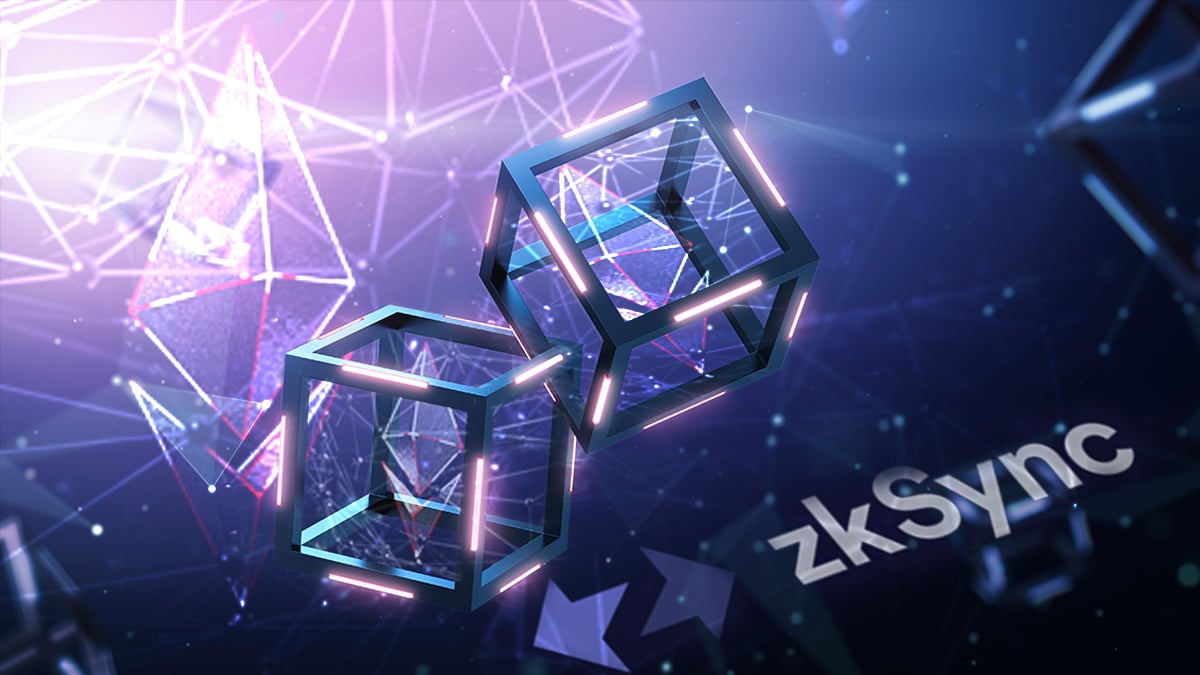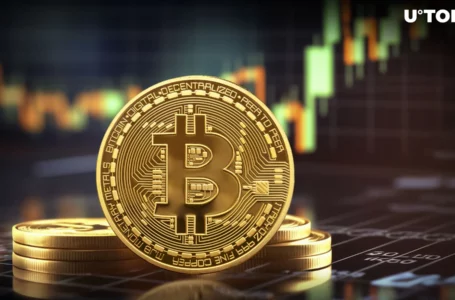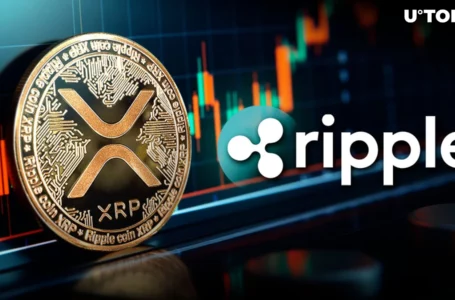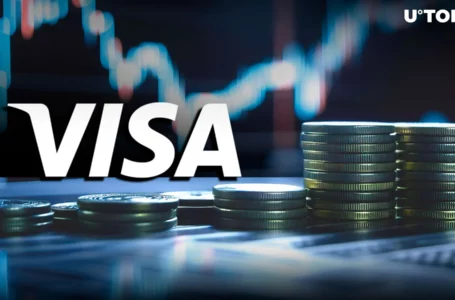
ZKSync is a zero-knowledge rollup (zk-rollup) scaling solution to the Ethereum blockchain. Ethereum layer-two (L2) scaling focuses on two solutions: zero-knowledge rollups and optimistic rollups.In our dive into Ethereum L2s ecosystem of decentralized applications (DApps), after looking at the Arbitrum ecosystem and Optimism ecosystem as part of optimistic rollups, we now turn to zkSync — one of the two main zero-knowledge rollup scaling solutions for Ethereum. In this guide to the zkSync ecosystem, CoinMarketCap Alexandria looks at:
- What is zkSync
- A comparison of zkSync and other L2 solutions
- zkSync’s investors and its roadmap
- zkSync Token and Potential Airdrop
- How to use zkSync
- The zkSync ecosystem
What Is ZKSync?
ZKSync is a layer-two blockchain for Ethereum using zk-rollups as scaling technology. Like optimistic rollups, zk-rollups roll up transactions off the Ethereum mainnet and submit the transaction proofs to Ethereum. This means hundreds of transactions are batched into one, which is verified and secured by Ethereum.Zero-knowledge-proof systems have proactive cryptographic security.
For instance, zk-rollup solutions ascertain that a certain transaction is true without revealing the proof of it. In simple terms, zk-rollups follow a “trust me on this” approach. Although this may sound inconsistent to a layperson, zero-knowledge proofs are considered one of the most promising scaling and privacy solutions for Ethereum. Here is a short video explaining zk-proofs in more detail:
One of the main advantages of zkSync’s technology is the low gas fees on the L2 blockchain. Gas fees can be up to 100 times lower compared to Ethereum while still inheriting the ETH mainnet security.

Furthermore, zkSync is releasing an update with its V2 version to a throughput of over 100,000 transactions per second (TPS) once ETH2 data sharding is available, estimated at the end of 2022. This is made possible by zkPorter, a protocol combining zk-rollups and sharding. zkSync 2.0 also supports arbitrary smart contract capabilities through via Solidity and Zinc, its internal programming language.
ZKSync vs Optimistic Rollups vs Starkware
ZKSync has two main competitors: the L2s using optimistic rollups (Arbitrum and Optimism) and another L2 solution using zk-proof scaling technology (Starkware). Here are the main differences between zkSync and optimistic rollups:
- On-chain processing speed on zk-proof solutions is higher because there is no waiting period during which the transaction can be disputed.
- However, zk-proofs need a lot more computing power, so they are less suited for DApps with a lot of on-chain activity.
- Optimistic rollups run smart contracts on the Ethereum network directly, zk-rollups do not.
There are also differences between zkSync and Starkware, both zk-proof solutions:
- Starkware started earlier (05/2018 compared to 12/2019) and has raised more money so far.
- Starkware is further in its development (Series C round closed) and has a bigger ecosystem.
- Starkware has slightly superior and faster rollup technology than zkSync.
Overall, both zk-proof solutions have valid approaches to scaling Ethereum. zkSync is considered the more “grassroots” ecosystem, while Starkware has a lot of big backers and technological know-how behind its product.
ZKSync Team, Investors and Roadmap
ZKSync is founded by Matter Labs, a German-based company working on scaling Ethereum. It began working on the zkSync solution in December 2019 and released its zkSync v1.0 in June 2020. This first iteration was able to scale to 300 transactions per second.The development of zkSync 2.0 saw the release of the alpha version of zkEVM, which enabled the compatibility of Ethereum Virtual Machine (EVM) in the rollup environment.
Furthermore, with the development of zkPorter, a sharding solution, zkSync is working on increasing throughput from 3,000 tps (in its 1.1 version) to 20,000 tps.Matter Labs raised $2 million in a seed round in September 2019 and another $6 million in a Series A round in February 2021 from crypto companies like Binance, Aave, Curve and Coinbase Ventures. Its Series B raise in November 2021 saw another $50 million raised from venture capital funds like a16z, Dragonfly, and Placeholder. In January 2022, the company was backed with another $200 million by BitDAO.
ZKSync Token and Potential Airdrop
ZKSync does not have a native token yet. However, the company explicitly states on its tokenomics page that there will be a zkSync native token that will be used for staking and to become a validator in the zkSync network. Users of the zkSync network are likely to be rewarded with an airdrop.
The Best DeFi DApps on ZKSync
Some of the best DeFi DApps on zkSync include:
- Curve: a massive stablecoin exchange.
- Yearn Finance: a yield optimizer.
- ZigZag: a non-custodial exchange.
- Mute.io: an AMM exchange and launchpad
- Taker Protocol: DAO-based liquidity protocol
The Best NFT Marketplace and Tools on zkSync
zkSync has several NFT marketplaces that are already live. The best NFT marketplaces on zkSync include:
- Reddio: it enables developers to embed NFTs into their web and mobile apps without gas fees.
- Homespace: a decentralized metaverse with NFT-based economics.
- Tevaera: a decentralized metaverse using NFT technology.
- tofuNFT: an NFT marketplace focused on GameFi.
- OpenStars: a play-to-earn space strategy game.
- Mintsquare: an NFT platform.



















